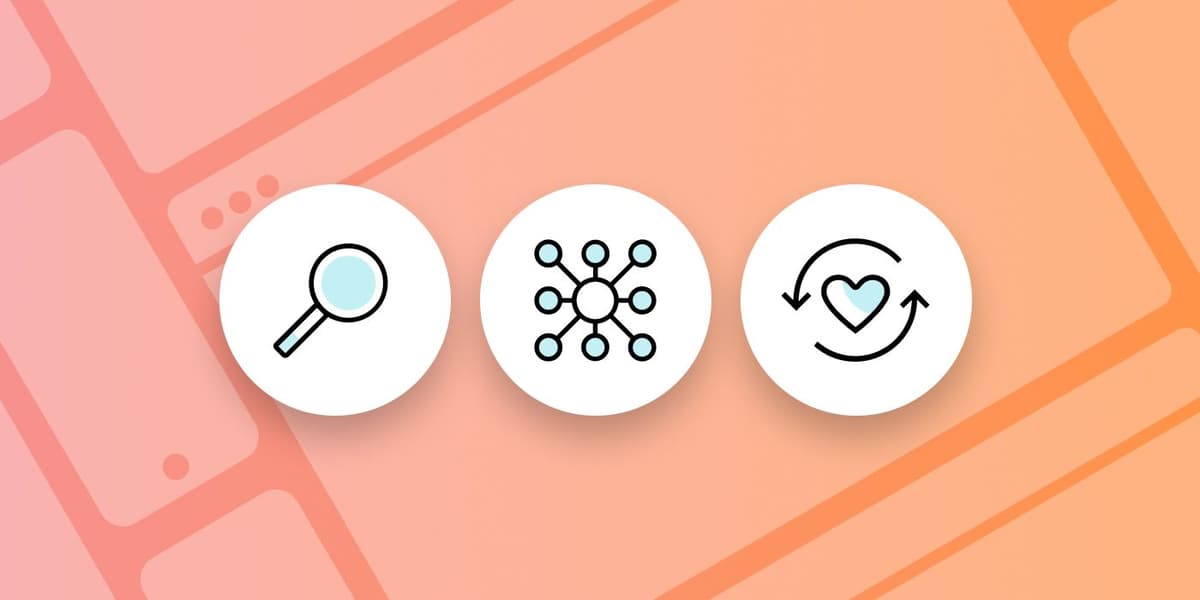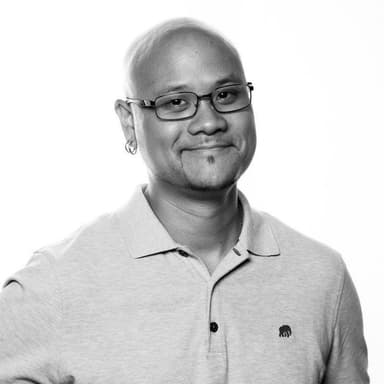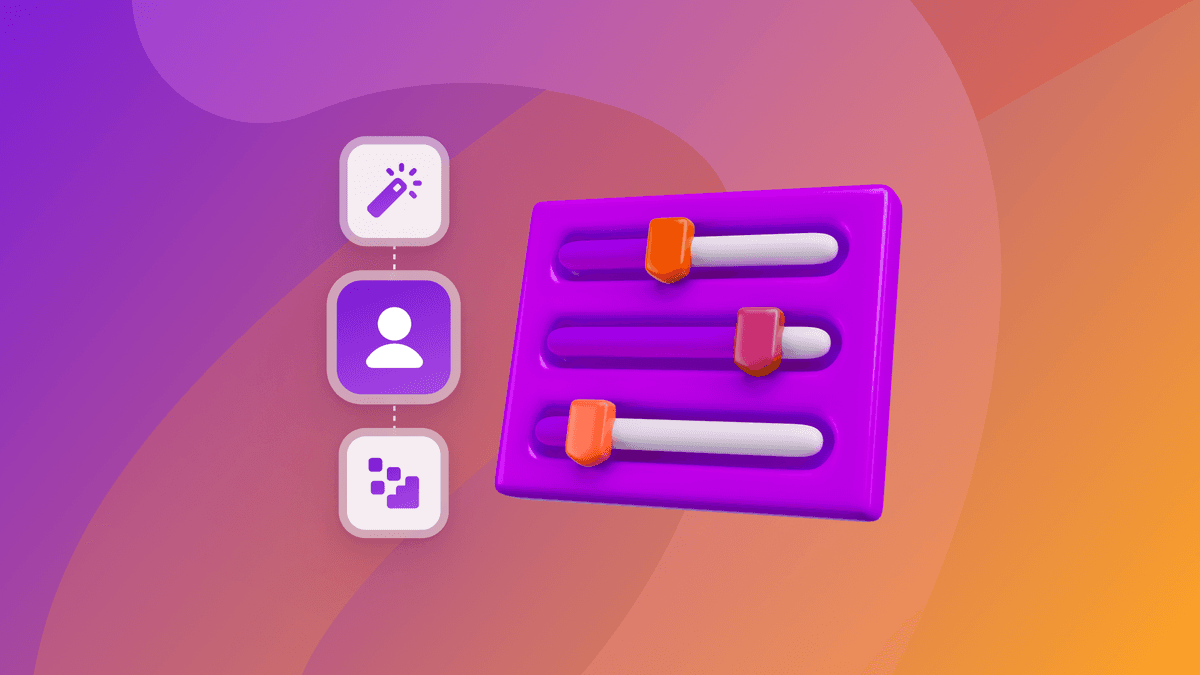Three Things Your Product Design Team Should Do Before Your Company Goes Public
Published on October 24, 2019/Last edited on October 24, 2019/6 min read


Chino Wong
Director, Product Design, BrazeIn the canon of product design writing, there’s no shortage of insightful pieces penned by leaders at public companies about building and sustaining design teams. But we hear a lot less about those challenges and how they play out at private, late-stage startups like Braze. So instead of writing from the post-IPO ticker-tape parade that might well be quarters and quarters away, I think there’s value in a dispatch from today’s trenches.
As the director of product design at Braze, I’m responsible for fostering a work environment that promotes learning, experimentation, and growth for members of my team. These outcomes are important at every stage of growth, but the stakes are especially high for privately held startups as they reach the size and scale that Braze has achieved. To get there, my team has embraced three key priorities that every late-stage startup should focus on in order to continue their journey toward long-term success.
Priority #1: Effective UX Research—and the Ability to Communicate Your Findings
Research is the lifeblood of a truly human-centered product design process. Any product design team that’s grown beyond a single member should be thinking about making a UX researcher or ResearchOps practitioner their next hire. Whether you’re asking high-level strategic questions about market fit or more tactical questions about the usability of your product’s UI, every part of the product development process benefits when your team dedicates time and resources to learning about your current (or potential) customers.
A caveat: While gathering UX insights can materially improve your business outcomes, how you do it really matters. If your UX research is overseen by individuals who struggle to communicate their findings or lack the ability to sway a room of stakeholders with their research findings, it can severely limit the benefits of your team’s UX work. After all, great insights die with ill-equipped messengers.
High-growth companies like Braze need every process to be optimized in order to sustain and build on that growth—that’s why finding someone experienced with a range of lightweight, informal research methods is so valuable. If you haven’t yet, make this a priority for your team.
Priority #2: A Design System With Clear Success Metrics
The rationale for the creation of a design system—that is, a set of standards for product design, development, and implementation of interfaces (as well as a shared library of UI components to build those interfaces)—is often about greater efficiency. Conventional wisdom holds that it’s faster to create a page or screen when the interactive patterns and layout conventions already exist elsewhere.
But the true power of design systems for product designers is the freedom they provide—namely, the freedom to focus on the details that go into brilliant experiences, instead of having to treat every screen as a whole new project. Having a living, actively adopted design system removes a lot of the overhead that comes with experimentation and can empower your team to carry out more of it. As our company grapples with a shifting landscape of competitors, having a system that enables nimble, frequent, low-risk experimentation in code is a major competitive advantage.
That said, building a design system doesn’t come for free: You need design resources, engineering resources, project management, and some form of product ownership. Usually, the successful creation of a design system requires the long-term faith of an executive sponsor. Why long-term? Because the ROI of a design system is rarely immediate and is almost never measured beyond anecdotal sentiments. That makes it essential for product design teams to establish success metrics for their design systems as early as possible—otherwise, the system you’ve put all those resources into will remain vulnerable to changing perspectives and priorities at the executive level.
Priority #3: Design Careers That Grow With Your Brand
As difficult as it can be to establish a credible research practice or build a living design system, it’s even harder to create a team where employees want to stay on beyond a few years. Average tenures seem to be getting shorter and times-to-hire feel like they’re getting longer. The only way to build a product design team that can meet the challenges facing a late-stage startup like Braze is by nurturing great careers for your team members.
At Braze, our hiring goals for a given month may well include several product designers. The truth is, whatever community and culture your team has established will probably shift somewhat with every new hire. Structure and routines are certainly important, but it’s even more important to ensure that there are clear paths for individual career growth. That means managing roles and employees that aren’t yet part of your team, and challenging assumptions around those roles. You may not have group facilitators on your current team, for instance, but that’s a role that product designers may find they want to evolve into. Similarly, you may find over time that it makes sense to expand the role that UX research plays in the larger business—which can bring with it new challenges, but also new opportunities for existing team members to grow their practices.
These efforts are essential—but on their own, they may not be enough. There’s truth to the sentiment that people quit managers, not jobs; I’ve been on both sides of this reality. And even in cases when people truly do quit because of their job, it’s their manager’s responsibility to look beyond the role and invest in that individual’s career at the company. When that doesn’t happen, that manager is putting the effectiveness of their team at risk and creating a massive potential liability, especially if their company is a late-stage startup that needs to show steady, significant growth.
Final Thoughts: State Change
Leading a product design team at a late-stage startup like Braze teaches you to stop preparing for any single event or outcome. Ultimately, your goal is to design a state change for your team. You’re looking to take a group of designers and researchers who are relying on instinct and relationships to figure things out and help them evolve into a cohesive, strategic organization, one that invests fully in operational stability and enables the learning, experimentation, and growth necessary to build and keep public confidence.
That’s not the end of the road for a product design team, any more than an IPO is the end of the road for a startup. It’s a new beginning, with new challenges and opportunities. But the only way to reach that future is by making the right decisions right now, in the present. Taking these three priorities seriously is a key step in that direction.
If you want to learn more about how we think about our product and the work that goes into making it, check out Building Braze. Interested in joining our team? Check out our current job postings.
Related Tags
Be Absolutely Engaging.™
Sign up for regular updates from Braze.
Related Content
View the Blog
How behavioral marketing turns data into personalized experiences

Team Braze

The new inbox reality: How iOS changes are reshaping email marketing

Aparna Prasad

Experience optimization: Turning data insights into better journeys
